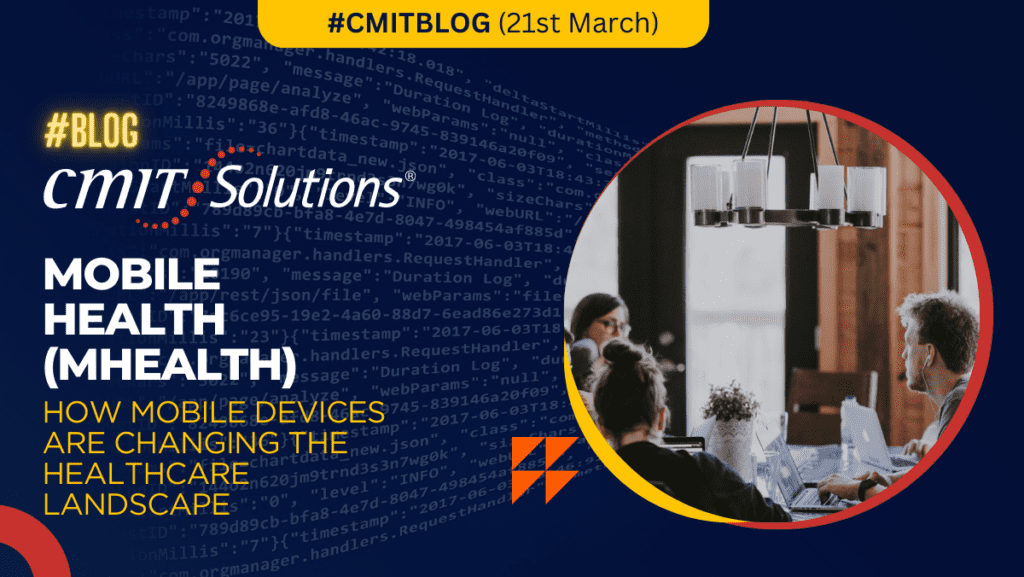In today’s fast-paced business environment, having reliable IT support is crucial for the smooth operation of any organization. But how do you know if your IT support is actually effective? That’s where measuring success comes into play. By tracking specific metrics, businesses can assess the performance of their IT support and ensure they’re getting the most out of their technology investments. Let’s dive into some key metrics that CMIT Tribeca uses to evaluate the effectiveness of its IT support services.
Understanding the Importance of Measuring IT Support Effectiveness
First and foremost, it’s essential to understand why measuring IT support effectiveness is so important. Simply put, it allows businesses to gauge how well their IT systems are performing and identify areas for improvement. By tracking metrics such as response time, resolution rate, and customer satisfaction scores, businesses can ensure that their IT support is meeting their needs and delivering value.
Key Performance Indicators (KPIs) for Evaluating IT Support Performance
When it comes to evaluating IT support performance, there are several key performance indicators (KPIs) that businesses should pay attention to. These KPIs provide valuable insights into the effectiveness of IT support services and help businesses make informed decisions about their technology investments.
Response Time: Ensuring Timely Resolution of IT Issues
One of the most important metrics to track is response time – the time it takes for IT support to respond to a user’s request for assistance. A prompt response is crucial for minimizing downtime and ensuring that IT issues are addressed in a timely manner.
Resolution Rate: Percentage of Issues Resolved Successfully
Another important metric is resolution rate, which measures the percentage of IT issues that are successfully resolved by the support team. A high resolution rate indicates that IT support is effective at addressing users’ needs and resolving problems quickly and efficiently.
Customer Satisfaction Scores: Feedback from Clients
Customer satisfaction scores provide valuable feedback on the quality of IT support services. By surveying users and asking for feedback on their experience with IT support, businesses can identify areas for improvement and ensure that users are satisfied with the level of service they receive.
First Contact Resolution Rate: Resolving Issues on Initial Contact
First contact resolution rate measures the percentage of IT issues that are resolved on the initial contact with IT support. A high first contact resolution rate indicates that IT support is able to address users’ needs effectively without the need for follow-up or escalation.
Downtime Reduction: Minimizing Business Disruptions
Downtime reduction is a critical metric for businesses, as it measures the amount of time that IT systems are unavailable or not functioning properly. By minimizing downtime, businesses can ensure that they can operate efficiently and avoid costly disruptions to their operations.
Mean Time to Resolution (MTTR): Average Time to Resolve Issues
Mean time to resolution (MTTR) measures the average time it takes for IT support to resolve issues once they are reported. A low MTTR indicates that IT support is efficient at addressing problems and minimizing the impact on business operations.
Ticket Volume: Tracking the Number of Support Requests
Ticket volume measures the number of support requests that IT support receives over a specific period of time. Tracking ticket volume can help businesses identify trends and patterns in IT issues and allocate resources more effectively.
Service Level Agreement (SLA) Compliance: Meeting Agreed-upon Response Times
Service level agreement (SLA) compliance measures the extent to which IT support meets the agreed-upon response times and service levels outlined in the SLA. Meeting SLA commitments is essential for ensuring that businesses receive the level of support they expect.
Escalation Rate: Percentage of Tickets Requiring Escalation
Escalation rate measures the percentage of support tickets that require escalation to higher-level support teams or management. A high escalation rate may indicate underlying issues with IT support processes or resource allocation.
User Adoption Rates: Assessing Utilization of IT Solutions
User adoption rates measure the extent to which users are utilizing IT solutions and technologies provided by IT support. Tracking user adoption rates can help businesses identify areas where additional training or support may be needed to encourage greater adoption.
System Uptime: Ensuring Availability of IT Systems
System uptime measures the percentage of time that IT systems are available and operational. Maximizing system uptime is essential for ensuring that businesses can operate efficiently and avoid disruptions to their operations.
Employee Productivity Metrics: Impact of IT Support on Work Efficiency
Employee productivity metrics measure the impact of IT support on employee efficiency and productivity. By tracking metrics such as time to complete tasks and employee satisfaction with IT systems, businesses can assess the effectiveness of IT support in supporting employee productivity.
Cost per Ticket: Evaluating Cost Efficiency of IT Support
Cost per ticket measures the average cost of resolving an IT support ticket. By evaluating cost per ticket, businesses can identify opportunities to optimize IT support processes and reduce support costs.
Root Cause Analysis: Identifying Underlying Issues
Root cause analysis involves identifying the underlying causes of IT issues and addressing them to prevent recurrence. By conducting root cause analysis, businesses can ensure that IT support is addressing the underlying issues and not just treating the symptoms.
Training Effectiveness: Assessing Staff Proficiency
Training effectiveness measures the extent to which training programs are effective at improving staff proficiency in IT systems and technologies. By evaluating training effectiveness, businesses can ensure that staff are equipped with the skills and knowledge they need to effectively utilize IT solutions.
Security Incident Response Time: Reacting Swiftly to Security Threats
Security incident response time measures the time it takes for IT support to respond to security incidents and threats. A prompt response is essential for minimizing the impact of security incidents and preventing further damage to IT systems.
Business Impact Analysis: Understanding the Effect of IT Issues on Operations
Business impact analysis involves assessing the impact of IT issues on business operations and identifying the potential consequences of downtime or disruptions. By conducting business impact analysis, businesses can prioritize IT support efforts and allocate resources more effectively.
Continuous Improvement Initiatives: Implementing Feedback for Enhanced Support Services
Finally, continuous improvement initiatives involve using feedback from users and stakeholders to identify areas for improvement and implement changes to enhance support services. By continuously seeking feedback and implementing improvements, businesses can ensure that IT support services are continually evolving to meet their needs.
Conclusion: Partnering with CMIT Tribeca for Effective IT Support Measurement
In conclusion, measuring the effectiveness of IT support is essential for ensuring that businesses can maximize the value of their technology investments and operate efficiently. By tracking key performance indicators such as response time, resolution rate, and customer satisfaction scores, businesses can assess the performance of their IT support and identify areas for improvement. By partnering with CMIT Tribeca, businesses can leverage expertise in IT support measurement and ensure that they are getting the most out of their technology investments. Contact CMIT Tribeca today to learn more about how we can help your business measure the success of its IT support efforts.




